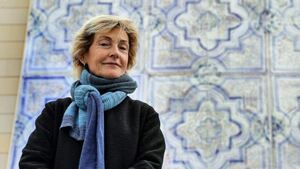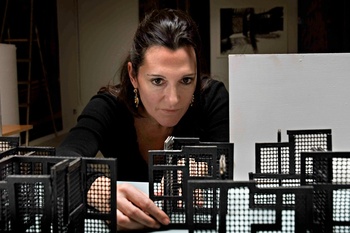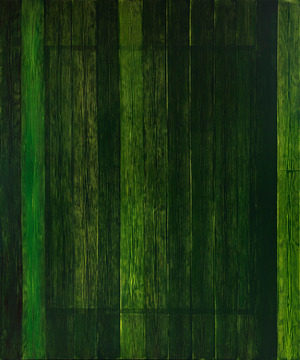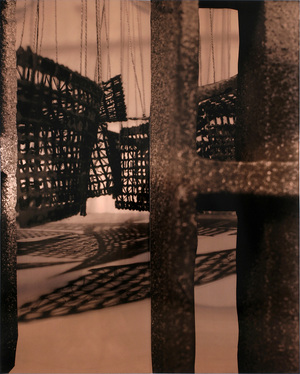Women artists deservedly recognized
Two great references of contemporary art such as Soledad Sevilla and Cristina Iglesias share the limelight in our auction on April 5.
The history of art has featured countless women whose talent and significance was systematically ignored and made invisible. The old structures that governed the artistic system and the excluding dynamics that condemned them to oblivion and relegated them to the simple role of muses, are currently collapsing as a sign symptom of an era that cannot continue reproducing the discriminatory clixes of past times. The need to introduce and integrate women artists in the historiographic narrative has promoted new avenues and research methodologies, whose impact in recent years has led to a symptomatic increase in their presence within museum institutions, as well as in museums. approaches that have dominated traditional hegemonic discourses.
This incipient change of paradigm has been translated into the growing interest of the art market in his work, whose presence (and price) has experienced a significant boom, doubling during the second decade of this century the value of the figures that were registered throughout the first. This trend is especially visible in the field of contemporary art, where the weight of women artists represents an upward value that from Setdart we want to support and consolidate, in this case, hand in hand with two of the great references of contemporary art in our country: Soledad Sevilla and Cristina Iglesias.
Soledad Sevilla’s career is the story of a stubborn struggle to become a professional painter. Hers has been an obstacle course that unites her with generations of women artists who they revealed themselves against some macho stereotypes that did not conceive the fact of being a mother with the development of their own vocation. A pioneer of Spanish op art and geometric abstraction , her work is the result of the balance between geometric rigor and emotional plasticity.

In this canvas from 2007, Seville performs the same exercise that artists like Picasso already did, turning his gaze towards the great masters to transform his work into something radically new and personal. The entire series represents a version inspired by the tables of the Apostles that Rubens made at the request of the Duke of Lerma where Soledad, establishing a kind of dialogue with the voluptuousness and color of the apostolate’s clothing, turns color into a bearer of the divine message . Likewise, the artist will investigate and address the expressive possibilities of wood, generating delicate textures whose gradations and chromatic contrasts resemble the appearance of stained wood on a surface that, marked by the traces of time, reveals the deep poetic sense that illuminates all his work. Light, matter and space come together in a work that Soledad conceives as a sensory and organic experience as subtle as it is hermetic.
Soledad Sevilla’s generation paved the way for artists like Cristina Iglesias. Since she burst onto the scene in the early 1980s, the dazzling success and projection of the Basque sculptor It catapulted her as one of the most international artists of recent times, whose recognition includes multiple awards and an indisputable presence in the most prestigious museums, galleries and collections in the world. In addition to her sculptural production, Iglesias will also stand out in her role as an engraver, whose continuous research and contributions will earn her the National Prize for Graphic Art in 2019.

Developed in parallel to his sculptural practice, his graphic proposal invites us to enter fully into the work, surpassing the limits of a conventional engraving that Iglesias will conceive under the same architectural sense that he projects in his sculptures . Works such as the monumental “Diptych XVIII” illustrate his predilection for the serigraphic technique with copper as a support, revealing to us that desire for interaction and reconfiguration of the surrounding space, where the serigraphic image is diluted and projected thanks to the qualities of reflection and refraction of the support. In this game of mirrors in which he immerses the viewer, Iglesias explores the idea of one space within another which, in its ambiguity and mystery, becomes both refuge and captivity.
The success of both artists is the success of a society that advances and is culturally enriched. Far from exalting women artists for a purely gender issue, what it is about is recognizing the talent and creativity that historically were denied them for the simple fact of being a woman, proposing new models and methods that deconstructed a history full of forgetfulness The same falsified and incomplete history that was conceived under parameters that today, and more so in a discipline that carries freedom as its flag, cannot have a place.







